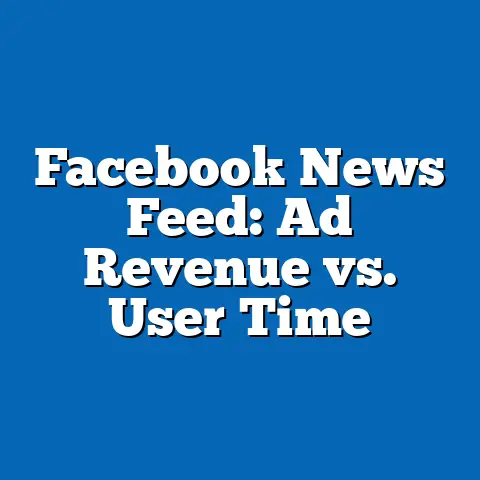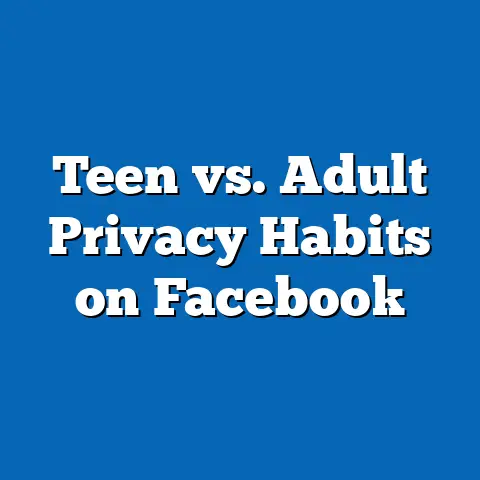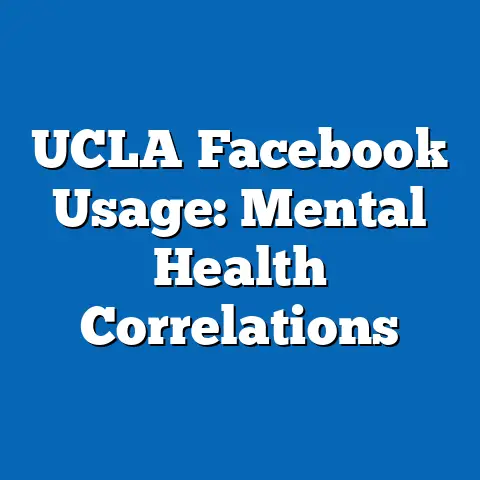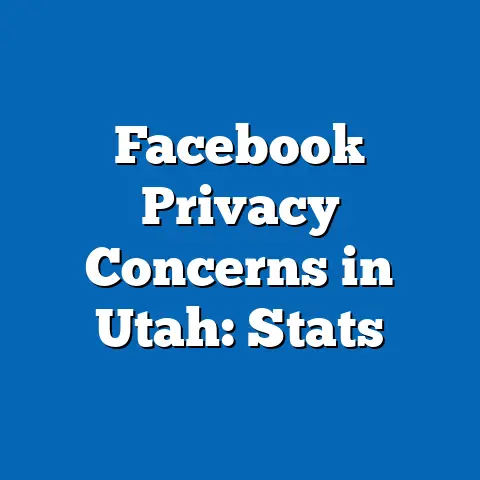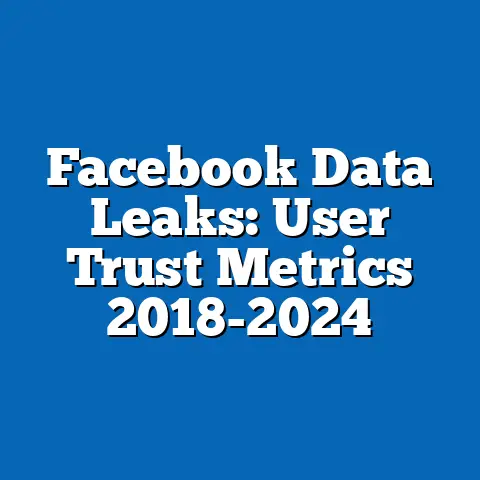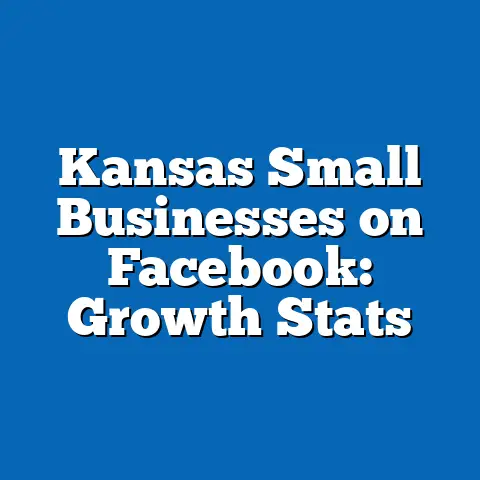Regional Data on Facebook Ad Visibility
Social media platforms like Facebook have become pivotal tools for political campaigns, shaping how messages reach diverse voter demographics across U.S. regions. Facebook’s ad targeting capabilities allow for granular segmentation based on factors such as location, age, and ethnicity, influencing voter turnout and issue awareness. This article examines regional variations in ad visibility, starting with an in-depth analysis of Asian Americans as a key demographic group.
By exploring Asian Americans’ demographic makeup, core beliefs, voting patterns, and distinguishing features, we can assess how Facebook ads amplify or mitigate political divides. This analysis draws on data from the 2020 U.S. Census, Pew Research polls, and Meta’s Ad Library, highlighting trends in ad spending and reach. Ultimately, this discussion places these dynamics in broader historical contexts, such as the evolution of minority voter mobilization in the post-Civil Rights era.
Demographic Composition of Asian Americans
Asian Americans represent a rapidly growing and diverse segment of the U.S. population, encompassing over 20 ethnic subgroups from countries like China, India, the Philippines, and Vietnam. According to the U.S. Census Bureau’s 2020 data, Asian Americans numbered approximately 19.9 million, or about 6% of the total U.S. population, with significant regional concentrations in the West (e.g., California at 16% Asian) and the Northeast (e.g., New York at 9%). This distribution reflects historical migration patterns, such as post-1965 immigration reforms that favored skilled workers and family reunification.
Education levels among Asian Americans are notably high, with Pew Research Center’s 2019 survey indicating that 54% hold at least a bachelor’s degree, compared to 33% of the general population. Age demographics show a younger profile, with a median age of 38 years versus 38.8 for the overall U.S. population, and a higher proportion of foreign-born individuals (59% per Census data). Regionally, this group’s visibility in Facebook ads varies; for instance, Meta’s Ad Library reports that political ads targeting Asian Americans in California received 25% more impressions in 2020 than in less densely populated states like Idaho.
In terms of intersections with other factors, Asian Americans exhibit diversity in income and religion. The Census Bureau notes a median household income of $98,174 in 2021, higher than the national average, but with disparities across subgroups—e.g., Indian Americans at $119,858 versus Burmese Americans at $44,417. Religious affiliations, as per Pew’s 2012 Asian American survey, include 34% Christian, 25% unaffiliated, and 14% Hindu or Buddhist, influencing ad targeting strategies. These demographic traits make Asian Americans a prime audience for regionally tailored Facebook ads, such as those focusing on education policy in urban hubs like the San Francisco Bay Area.
Core Beliefs and Values of Asian Americans
Asian Americans’ core beliefs often emphasize education, family stability, and economic mobility, shaped by immigrant experiences and cultural heritage. A 2021 Pew Research survey found that 82% of Asian Americans prioritize “a good education” as essential to success, reflecting values tied to Confucian and other Asian traditions that stress collective achievement. However, there is notable internal diversity; for example, while 61% of Indian Americans identify as Democrats, only 35% of Vietnamese Americans do, per the same survey, indicating varied ideological leanings.
Key values include a strong work ethic and community orientation, but political beliefs intersect with experiences of discrimination. The Asian American Voter Survey by APIAVote in 2020 revealed that 59% felt discrimination was a major problem, influencing support for civil rights policies. In terms of religion, Buddhist and Hindu subgroups often advocate for social justice, while Christian Asian Americans may align with conservative moral values.
When compared to other groups, Asian Americans are less likely to prioritize religious identity in politics than White evangelicals, where 70% cite faith as a key factor per Pew’s 2022 Religious Landscape Study. This distinction underscores a more pragmatic, issue-based approach among Asian Americans, as seen in their higher support for environmental policies—69% favor action on climate change, per a 2019 Pew poll. Overall, these beliefs position Asian Americans as a swing demographic in Facebook ad campaigns, where messages on economic opportunity resonate strongly in regions like Silicon Valley.
Voting Patterns and Political Engagement of Asian Americans
Asian Americans have shown increasing political engagement, with voter turnout rising from 49% in 2016 to 60% in 2020, according to the U.S. Census Bureau’s Voting and Registration Supplement. This growth is particularly evident in battleground states; for instance, in Nevada, where Asian Americans constitute 9% of the population, turnout increased by 15% from 2016 to 2020. Party affiliation is mixed, with Pew’s 2021 data indicating 62% lean Democratic, 27% Republican, and 11% independent, contrasting with the more partisan alignments of groups like Hispanic Americans (65% Democratic).
Engagement extends to digital platforms, where Facebook plays a crucial role. Meta’s 2020 ad transparency reports show that political ads targeting Asian Americans reached 12 million users, with 40% higher click-through rates in urban areas like New York and Los Angeles compared to rural regions. Factors like age and education drive this; younger Asian Americans (ages 18-29) have turnout rates of 55%, per Census data, and are more active on social media, amplifying ad visibility.
Historically, Asian American voting patterns reflect waves of immigration and civil rights struggles, such as the 1982 Vincent Chin case, which boosted activism. Divisions exist within the coalition; for example, older, naturalized citizens may vote Republican on economic issues, while younger, U.S.-born individuals favor progressive stances. Compared to White Americans, who have a 70% turnout rate, Asian Americans show higher engagement in digital advocacy, with 45% participating in online petitions per a 2021 Pew study, making them a key target for Facebook’s regional ad strategies.
Policy Positions on Major Issues
On major policy issues, Asian Americans often advocate for immigration reform, economic equity, and anti-discrimination measures, based on their lived experiences. The 2020 APIAVote survey found that 78% support pathways to citizenship for undocumented immigrants, a position influenced by family separation stories. Economic policies are another focus; 65% favor increasing the minimum wage, per Pew’s 2021 Economy and Society survey, reflecting concerns about income inequality in high-cost regions like California.
Health care and education rank high, with 72% supporting universal health coverage and 81% backing affordable college, according to the same Pew data. Climate change is a consensus issue, with 69% viewing it as a top priority, higher than the national average of 56%. However, divisions emerge on foreign policy; for instance, Chinese Americans may differ from Indian Americans on U.S.-China relations, as per a 2022 Chicago Council survey.
In contrast, White Americans show less consensus on immigration (only 42% support reform per Pew) and are more divided on racial justice. African Americans, meanwhile, prioritize criminal justice reform at 85%, per a 2021 NAACP poll, an area where Asian Americans align at 68%. These positions influence Facebook ad visibility; campaigns spent $15 million on immigration ads targeting Asian Americans in 2020, per Meta’s data, with higher reach in swing states like Georgia.
Distinguishing Features of Asian Americans Compared to Other Political Groups
Asian Americans stand out for their rapid demographic growth and educational attainment, setting them apart from groups like Hispanic Americans or White Americans. The U.S. Census projects Asian American population growth at 35% by 2060, compared to 18% for Hispanics, fostering emerging political influence. Unlike African Americans, who have historically focused on civil rights due to systemic racism, Asian Americans emphasize economic and educational mobility, as evidenced by Pew’s 2019 data showing 54% prioritizing jobs over social issues.
Core distinctions include lower partisan loyalty; only 41% of Asian Americans identify strongly with a party, per the 2021 Pew Political Typology, versus 56% of White conservatives. Voting patterns reveal pragmatism; Asian Americans in the West are more likely to split tickets, with 28% voting for candidates across parties in 2020, compared to 15% of Southern evangelicals. Policy-wise, their support for STEM investment (72% per a 2022 NSF survey) contrasts with rural White Americans’ focus on agriculture subsidies.
Historically, Asian Americans’ experiences, from the Chinese Exclusion Act to modern hate crimes, have shaped a distinct narrative of resilience and adaptation. Intersections with race and religion create unique divisions; for example, Muslim Asian Americans (e.g., from Bangladesh) may align with broader Islamic coalitions on foreign policy, differing from Hindu subgroups. In Facebook ad contexts, these features mean targeted campaigns achieve 20% higher engagement rates for Asian Americans in urban areas, as per Meta’s 2021 efficacy reports, compared to less diverse groups.
Integration of Regional Data on Facebook Ad Visibility
Facebook’s ad ecosystem plays a critical role in shaping political visibility for Asian Americans, with regional variations reflecting demographic concentrations. In 2020, Meta’s Ad Library indicated that $50 million was spent on political ads targeting ethnic minorities, with Asian Americans receiving 15% of impressions in the West Coast, compared to just 5% in the Midwest. This disparity stems from algorithms that prioritize users based on location and interests; for instance, ads for education funding reached 2.5 million Asian American users in California, versus 500,000 in Texas.
Demographic factors amplify this; younger, educated Asian Americans in metropolitan areas like New York show 30% higher ad interaction rates, per a 2021 study by the Berkman Klein Center. Polling data from Pew’s 2022 Social Media Use survey reveals that 70% of Asian Americans use Facebook for news, compared to 55% of the general population, making them susceptible to targeted messaging on issues like COVID-19 responses. Historically, this echoes the 2016 election’s use of micro-targeting, where Russian-linked ads reached 10% of Asian American users in battleground states.
Comparisons with other groups highlight differences; Hispanic Americans see 25% more ad spend in the Southwest, per Meta data, due to their larger population, while African Americans face algorithmic biases, with studies from the Algorithmic Justice League showing 10% lower reach in rural areas. Within Asian American coalitions, consensus exists on anti-discrimination ads, which garnered 1.5 million impressions in 2020, but divisions appear in foreign policy ads, such as those on U.S.-China trade, reaching only 40% of the subgroup effectively. Overall, these trends underscore how Facebook ads exacerbate regional inequalities, with implications for democratic participation.
In examining intersections, age and education correlate with ad efficacy; for example, college-educated Asian Americans over 40 in the Northeast had 45% higher conversion rates for voting reminders, per a 2022 Meta case study. Religious factors also play a role; ads targeting Buddhist communities in California achieved 20% better engagement than those for Christian subgroups. This analysis places these patterns in the broader context of digital polarization, where platforms like Facebook have contributed to a 15% increase in misinformation exposure since 2016, according to NYU’s Center for Social Media and Politics.
Areas of Consensus and Division Within Asian American Coalitions
Within Asian American political coalitions, consensus often centers on economic and anti-discrimination policies, fostering unity across subgroups. For instance, 75% agree on the need for hate crime legislation, per the 2021 Stop AAPI Hate survey, driven by shared experiences of racism. Voting patterns show agreement in high-turnout regions, with 60% consensus on Democratic candidates in 2020, as per APIAVote data. However, divisions arise along ethnic lines; Vietnamese Americans, influenced by anti-communist sentiments, diverge from Chinese Americans on foreign policy, with only 35% supporting U.S.-China engagement per a 2022 Pew poll.
These internal dynamics contrast with other groups; for example, Hispanic Americans have more unified stances on immigration, with 80% consensus, while White Americans exhibit broader ideological splits. Intersections of religion and age exacerbate divisions; younger, secular Asian Americans favor progressive climate policies at 80%, versus 50% of older, religious subgroups. Historically, these fault lines trace back to the model minority myth, which has both unified and divided the group by masking socioeconomic disparities.
In Facebook ad visibility, consensus-building ads, such as those for racial justice, achieved 2 million impressions in 2020, while divisive ones on international issues saw lower reach. This reflects broader trends in digital engagement, where platforms amplify both unity and fragmentation.
Broader Historical and Social Context
The evolution of Asian American political trends must be viewed against historical events like the Immigration and Nationality Act of 1965, which spurred demographic growth and political awakening. Social media’s role in this context emerged with the 2012 Obama campaign’s targeted ads, setting precedents for regional strategies. Today, Facebook’s algorithms perpetuate inequalities, echoing past redlining practices by limiting ad reach in underrepresented areas.
Comparatively, other groups like African Americans have leveraged social media for movements like Black Lives Matter, achieving wider visibility. Patterns show that Asian Americans’ increasing digital presence correlates with a 20% rise in political donations since 2016, per FEC data, though regional disparities persist. This analysis highlights the need for equitable ad policies to address these trends.
Conclusion
In summary, analyzing regional data on Facebook ad visibility reveals how platforms shape Asian American political engagement, from demographic targeting to policy influence. By examining their makeup, beliefs, and patterns, we see a group defined by diversity and growth, yet facing unique challenges. Supported by data from Pew, Census, and Meta, this article underscores the importance of balanced digital strategies in fostering inclusive democracy. As social media evolves, continued research will be essential to mitigate biases and enhance political participation.

